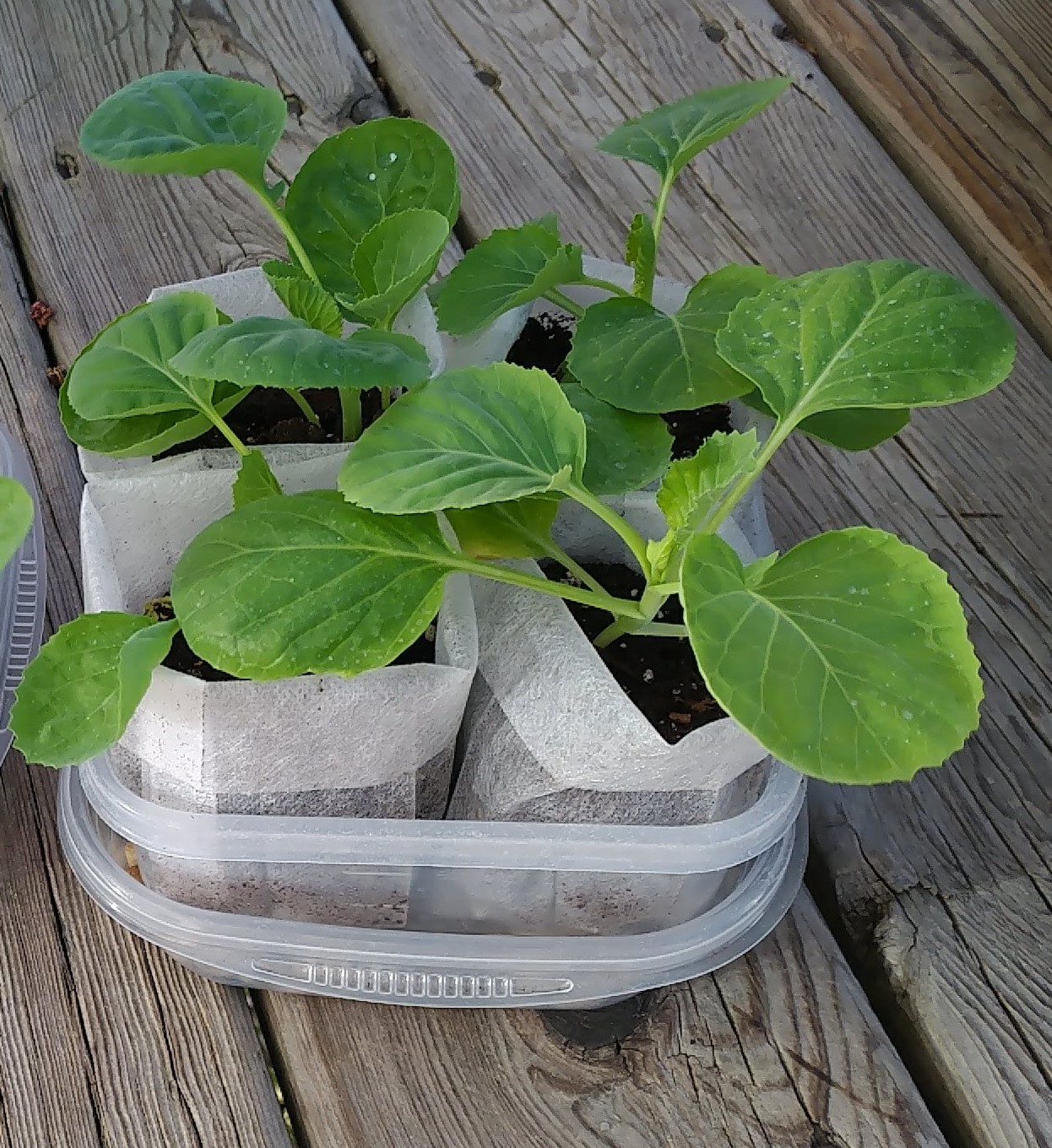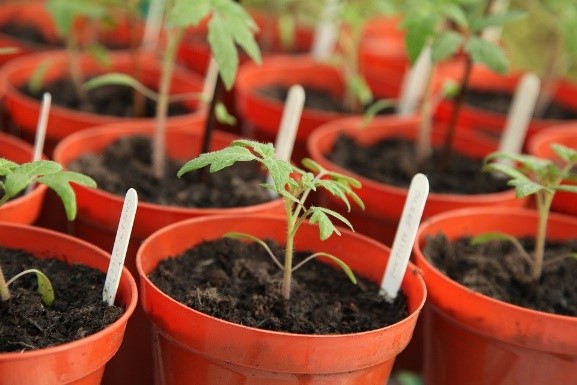Smart Gardening with Vegetables 101: Late spring tips
When can I plant my vegetable seeds and transplants in the garden?

Thanks to all who have participated in the Smart Gardening with Vegetables 101 Online Course! We are excited to stay in touch with all of you throughout your gardening experience this year with these seasonal articles. For those who have not taken the course, check it out at:
Smart Gardening with Vegetables 101 Online Course
It is the beginning of the vegetable gardening season in Michigan, and one of the questions a new vegetable gardener may ask is, “Can I plant vegetable seeds and transplants in the garden yet?” The answer is not a simple yes or no because several factors need to be considered; however, there are some easy ways to gauge when it is a good time to plant. Check out these short Smart Gardening tips.
To best determine planting times, consider these first:
- Frost-free dates for your area. (Keep in mind that the last frost dates are averages; sometimes a frost may happen after this date.)
- Current weather forecast for your area. Choose an overcast day for transplanting.
- Are you planting a cool season or warm season vegetable?
- Will you plant seeds or transplants?
Thinking about planting your own vegetable garden may recall images of bountiful fresh and healthy produce. Advance planning will be the key to your successful garden.
Cool season crops

These vegetables enjoy cool temperatures. Some, like kale, onions and peas, are very hardy and can withstand freezing temperatures. Others, like broccoli, cabbage, Brussels sprouts and Swiss chard, are frost tolerant. Plant pea and kale seeds, onion sets and seed potatoes as soon as you can work the soil in the spring. Check out “Soil Temperature Conditions for Vegetable Seed Germination” from the University of California and make sure the temperature of the soil matches what the vegetable seed prefers for optimal germination.
When using cool season transplants, you do not need to wait until frost risks are over to plant outdoors, but temperatures that dip below freezing for extended periods could still damage young plants, so be mindful as to how early you plant them out. Late March-May in Michigan is often safe to plant cool season vegetables, but sometimes spring weather is unpredictable. Prior to planting, be sure to harden off any transplant and do this gradually by slowly acclimating them to the outdoor conditions of sun, wind, and rain.
Warm season crops

These vegetables enjoy warm temperatures. Examples include tomatoes, cucumbers, squash, peppers, beans and corn. It is best to wait until air and soil temperatures have warmed and all chance of frost is passed before planting warm season crops outdoors. Check out “Soil Temperature Conditions for Vegetable Seed Germination” from the University of California and make sure the soil has warmed to the temperature required by the vegetable.
When planting warm season transplants, it is best to postpone hardening off and planting out until all danger of frost has passed and daytime temperatures are adequately warm (above 50 degrees Fahrenheit). If transplants are purchased, delay putting or planting them outside until after the frost-free dates or place them in a protected area, such as a greenhouse.
Remember these helpful tips to get the best results when planting vegetable seeds and transplants. Although you may want to get an early start planting, it is often worth the wait.



 Print
Print Email
Email
